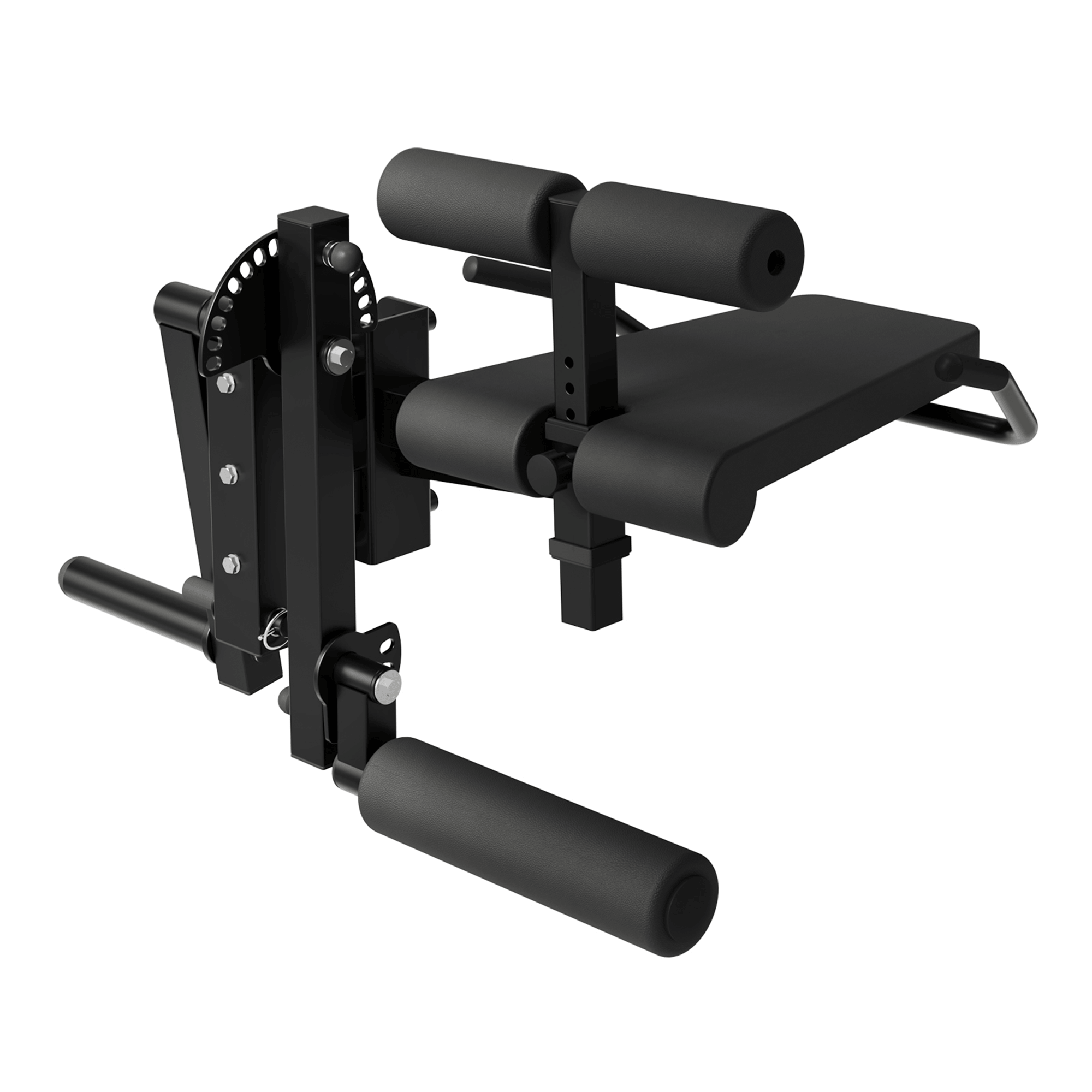The leg press is a cornerstone of lower-body strength training. Whether you're just starting your fitness journey or looking to fine-tune your performance, understanding how much weight you should be pressing—and how your numbers compare to general benchmarks—is an important part of progressing safely and effectively.
What Is the Average Leg Press Weight for Males (in KG)?
The average leg press weight for adult males varies based on training experience:
-
Beginner (new to strength training): ~100–150 kg
-
Intermediate (6–12 months of consistent training): ~180–230 kg
-
Advanced (trained for 2+ years): ~250–300+ kg
These numbers refer to total weight loaded on a 45-degree angled leg press machine, which reduces the effective force of gravity (you’re pressing less than 100% of the loaded weight).
How Much Should You Leg Press?
The answer depends on three main factors:
1. Your Body Weight
Stronger lifters can typically press 2–3 times their body weight. A 75 kg man, for example, might aim for:
-
Novice goal: 1.5× body weight (~110 kg)
-
Intermediate: 2.0–2.5× (~150–190 kg)
-
Advanced: 3.0× (~225+ kg)
2. Training Goals
-
Muscle Growth (Hypertrophy): Moderate weights (60–75% of your 1RM) with 8–15 reps per set
-
Max Strength: Heavier loads (80–90% of 1RM) with fewer reps (4–6)
-
Endurance: Lighter loads with higher reps (15–20+)
3. Form and Range of Motion
Proper form matters more than how many plates are on the machine. Lowering the sled too far or locking out too harshly can lead to injury. Only increase weight when you can complete full reps with control.
Leg Press Machine Standards to Know
Not all machines are created equal. Here’s what can affect the weight you’re actually pressing:
-
Machine Type
-
Angled (45-degree): Most common; reduces effective load by about 30–50%
-
Horizontal (seated press): Less mechanical assistance; load feels heavier
-
Vertical (sled press): Full gravity; load is closer to actual weight
-
-
Sled Weight Many commercial 45-degree leg press machines come with a built-in sled weighing 30–50 kg. If you’re using no added plates and still feel resistance, it’s likely the sled itself.
-
Resistance Method Machines may use weight plates, selectorized stacks, or hydraulic systems. Each offers a different resistance curve and feel.
Final Tips for Measuring Progress
-
Track your sets and reps along with weight used
-
Focus on progressive overload, not ego lifting
-
Warm up your knees and hips before heavy sets
-
Listen to your body—if it feels off, lighten the load or adjust your range
Takeaway
There’s no universal “right” weight for the leg press, but understanding the average benchmarks and personalizing your target based on body weight and goals can help you progress intelligently. Start where you are, prioritize control and technique, and increase load gradually.












































Leave a comment
This site is protected by hCaptcha and the hCaptcha Privacy Policy and Terms of Service apply.